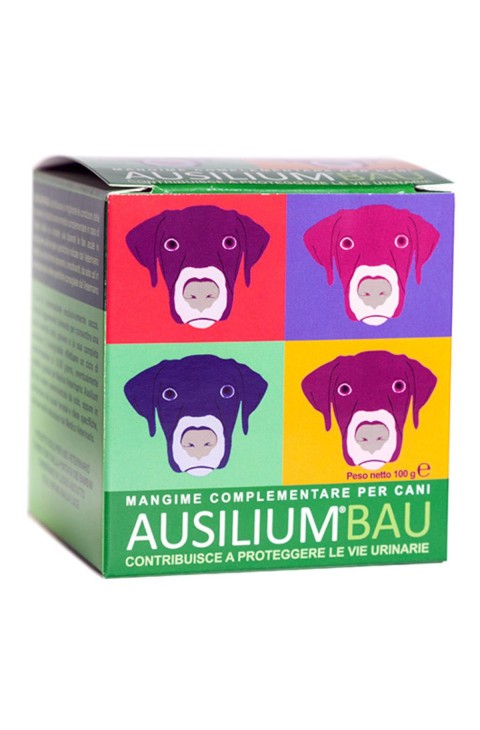
- PROMO
- -5,27 €
- Nuovo

Scheda tecnica
Tutti i prodotti acquistati su farmabe.it verranno spediti da:
FARMACIA FALCO S.N.C.
Via Marzano, 21, 80023 Pascarola (NA)
e-mail: [email protected]
Tel. 081 17864723
Whatsapp : +39 350 94 62 048
P.IVA: 02766961219
www.farmabe.it è un brand di FARMACIA FALCO S.N.C.
Le spedizioni vengono effettuate da GLS,BRT e LICCARDI dal lunedì al venerdì (sono da escludersi i giorni festivi, il sabato e la domenica). Gli ordini vengono consegnati mediamente entro 48/72 ore lavorative dal momento dell'elaborazione dell'ordine. Si consiglia di inserire nei dati dell'ordine sempre un numero di telefono, in modo che il corriere possa eventualmente contattarvi per difficoltà di consegna.
Nel caso di pagamento tramite bonifico bancario, l'evasione dell'ordine avviene esclusivamente al momento dell'accredito del pagamento, i tempi di consegna possono quindi subire dei ritardi. Consigliamo quindi, per velocizzare l'evasione e la spedizione dell'ordine, di inviare la contabile di pagamento/CRO all'indirizzo e-mail [email protected].
La farmacia si impegna a comunicare tempestivamente all'acquirente ritardi nella spedizione, errori di giacenza o difficoltà nel reperire prodotti non più in commercio; in tal caso si impegna a restituire l'intera somma ricevuta comprensiva delle spese di spedizione.
Alla consegna l'acquirente è tenuto a controllare che l'imballo sia in buone condizioni; in caso contrario è autorizzato a non accettarlo. Inoltre, se munito di camera, potrà fotografarlo, attestando così la reale condizione dell'imballo al momento della consegna. Nelle ore successive sarà tenuto ad informare Farmabe attraverso l'indirizzo [email protected], che provvederà nel più breve tempo possibile a risolvere il problema.
Nei contratti che pongono a carico del professionista l'obbligo di provvedere alla spedizione dei beni, il rischio della perdita o del danneggiamento dei beni, per causa non imputabile al venditore, si trasferisce al consumatore soltanto nel momento in cui quest'ultimo, o un terzo da lui designato e diverso dal vettore, entra materialmente in possesso dei beni.
Spese di spedizione per l’Italia :
- Ordini inferiori a € 49,99: Spese di spedizione su tutto il territorio Nazionale con GLS-BRT-LICCARDI (escluse isole minori, zone disagiate e Venezia): € 5,99
- Per ordini provenienti dalle isole minori**, zone disagiate* e Venezia: Spese di spedizione € 9,99 con BRT
- Niente spedizioni per Livigno e Campione d’Italia.
- Per ordini superiori a € 49,99: le spese di spedizione sono GRATIS (escluse isole minori**, zone disagiate e Venezia).
- In caso di pagamento in CONTRASSEGNO è previsto un supplemento di € 5,00 a prescindere dal minimo d'ordine.
Le spese di spedizione e le soglie di gratuità delle stesse potranno essere soggette a variazioni in periodi di promozione.
Ritiro in sede
Selezionando l’opzione “Ritiro in sede” gratuito, i clienti residenti in Campania potranno ritirare il proprio ordine gratuitamente presso la nostre Farmacie in:
- Via Marzano, 21, 80023 Caivano - Pascarola (NA)
- Via Nuova Belvedere, 96, 80024, Cardito (NA)
e-mail: [email protected]
Tel. 081 17864723
Whatsapp : +39 350 94 62 048
Al momento dell'acquisto il Cliente riceverà una mail di conferma del corretto invio dell’ordine, che sarà gestito ed elaborato entro le successive 48/72 ore lavorative. I prodotti ordinati potranno essere ritirati dopo la ricezione di una seconda mail che avviserà il Cliente che l'ordine è pronto per il ritiro. La mancata ricezione del secondo avviso via mail implica che l'ordine non è stato ancora elaborato e preparato, quindi non potrà essere ancora ritirato.
Gli ordini ricevuti nei giorni festivi saranno elaborati e preparati per il ritiro il primo giorno lavorativo utile.
Il cliente può esercitare il diritto di recesso restituendo il prodotto nella sua confezione integra entro 14 giorni dal ricevimento con spese di spedizione a suo carico.

per ordini superiori a 59,99€

+39 081 17864723 +39 350 9462048

i tuoi acquisti in tutta sicurezza

Spediamo i tuoi acquisti in 24h

Oltre 50.000 prodotti